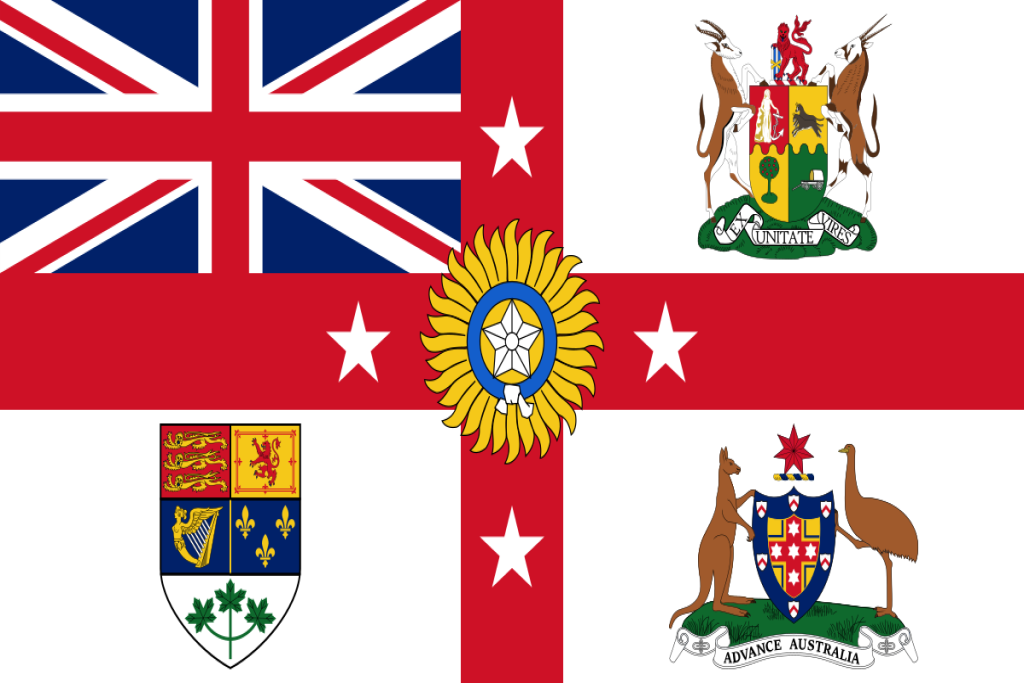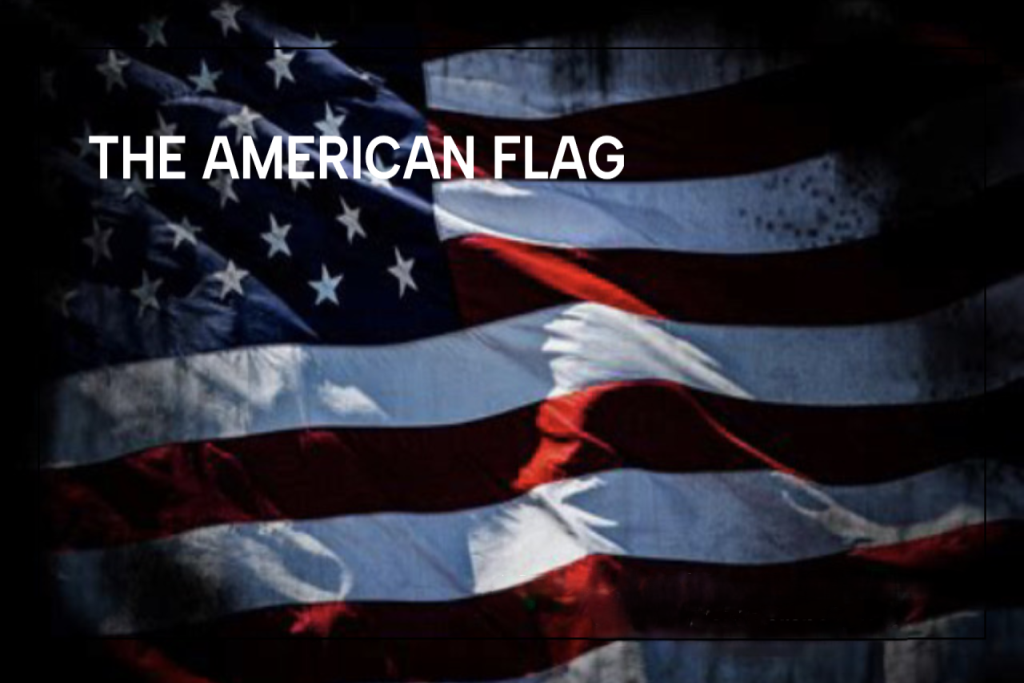Introduction
The flag represents a country, political movement, or idea, but also expresses identity, values, and history in ways much better than with just words alone. This blog will take you on a long journey into the history of world flags, tracing their evolution and delving into some historical background stories behind one of the most iconic flags along with their contemporary relevance.
Flags as Symbols
You would certainly know that whenever people talk of flags, they are not talking of a piece of cloth only. A flag can embody an entire world of meaning - national pride, social movements, or even the supposed revolutionary ideals.
What may perhaps be so interestingly expounded about a country's history and values by the design, colors, and even the shapes of the elements of a flag is pretty intriguing. Already from the flag, it's clear who the entity is; what they represent, and how they connect to the rest of the world.
The Historical Significance of Flags
If one could say so, the history of flags sums up a part and parcel of how human civilization developed. Ancient cultures would use flags as symbols of their power and identity but once nations started to develop, flags became more modern, showing unity and divisions within such groups.
Ancient Origins: Early Flags in Military and Culture
The earliest uses of flags go further than thousands of years ago. Military flags, for example, even preceded this with ancient China already having them during the Zhou Dynasty (1046-256 BCE). What those used then were not even exactly national or imperial flags but flags to signify forces or to help identify the armies in combat. Being used as flags for the military was so important that these became authorities themselves and were carried by an elite force.
I remember a discussion of whether an icon in advertising communications was not proper. I was amazed that, in the most primitive incarnations, flags were pretty much all the same; they could let people know who was in power and what forces were at play, even to which side one was fighting. Much the same way the branding case is today, visibility tools were flags.
Feudal Flags and Nationalism
Then flags began to mean more than a military identification. Time passed and flags transformed with meanings. The medieval period witnessed the adoption of coats of arms and banners by European monarchs and noble lords as representatives for private family units, holdings, and territories. Early flags were accompanied by elaborate solid colors and symbols that, at times represented ancestry or affiliation.
These flags, from their stages of evolution, moved from being solely military tools to majestically finding grand involvement as political symbols. When this notion of nationalism first sprang into the minds of human beings during the 17th and 18th centuries, national flags were drawn into representation instead of being merely a symbol of power.
Famous Flags in History and Their Significance
Many flags are so iconic that they surpass the nation for which they were originally intended. They are almost as if they can become symbolic of ideology and even history. Let's examine a few of these iconic flags and what those flags symbolize.
The British Union Jack: A Symbol of the Empire

The Union Jack could be viewed as perhaps the most recognizable flag in the world. Its unique blend of crosses symbolized the unity of England, Scotland, and Ireland-or at least that is how it was when the flag was designed. Today, only Northern Ireland is part of Ireland and thus part of the United Kingdom. The flag would eventually be the emblem of the British Empire to be declared in later years, reaching its full greatness in territories around this planet Earth.
The Union Jack reminds us of the complex legacy that the English-speaking nations have both cultural exchange through the British Empire and, unfortunately, colonization. Though businesses are becoming a much-globalized affair today, that sort of historical context is unique to trade and diplomacy. Just like how the British Empire marked its presence across the world through the flag, companies today need to consider that their brands, much like flags, represent their global footprint.
The American Flag: Unity and Freedom

The American flag, with 13 stripes and 50 stars, is not only the symbol of America but also of revolution, freedom, and democracy; the 13 stripes symbolize the colonies declaring their independence from Britain, but the stars stand for the 50 states that later joined the union. It's really interesting about the American flag since it was bound to grow based on that growth and realization of the nation.
For every new star added to the flag, it symbolized a new state joining the union. This is one great example of how nations evolve and grow over time, changing their emblems accordingly with changes in the structure, culture, and identity of the organization.
The French Tricolore: Revolution and Liberty
The very symbolic French Tricolore flag has a deep historical background. Three colors: blue, white, red- are the colors that "represent revolutionary principles of liberty, equality, and fraternity." The Tricolore emerged during a time of tremendous political turmoil-the French Revolution of the late 18th century.
Therefore, the flag symbolizes a great moment in history when people overthrew the old regime, embracing democratic ideals and human rights. Just like the American flag, the Tricolore speaks very strongly about how democratic thought is preserved. Lastly, flags often are hopes and dreams for the people in a nation, embodying changes and progress.
Contemporary Flags and Their Evolution
Just like world flags change with time, so does the current course of evolution as an expression of new political realities, social movements, and changes in attitudes.
Flag Redesigns and Political Change
This is one of the most impressive flag changes - South Africa after apartheid officially ended. The country of South Africa established a new flag once its first multiracial elections were held in 1994 to bring together various people and move away from the nasty old practices. The flag has a number of colors, such as black, green, and yellow, and red is an expression of the population diversity and the new democratic perspective of South Africa.
This, therefore, means that this flag redesign conveys a political shift; there is also a cultural shift. This is to remind us that flags are indeed alive and breathe through the course of time and the changing values of the society they represent. This comes as one of the most important lessons in business whenever the world market shifts. Companies must be flexible to be able to change branding strategies and practices toward a new demand.
Flags in Social Movements
Another crucial and telling shift in the realms of social movements has been discovered in the sphere of flags. Flags are not something a country owns to demonstrate its pride but a symbol of social change. Just as flags have become representative of unity and solidarity, business uses symbols and branding to talk about their values and for which cause it is standing for. Whether on sustainability, inclusivity, or innovation, the companies can learn from the might flags have in speaking for social movements.
Conclusion
The history of the evolution of flags is very interesting because, from their early origins as military flags to the present sophisticated symbols of national identity, revolutionary ideals, and social movements, they have transformed. As flags have evolved with changing political and cultural climatic changes, businesses today have come to see how their branding, messaging, and global presence can be reflected through their symbols.
The Evolution of World Flags: Stories and Symbols Across Time